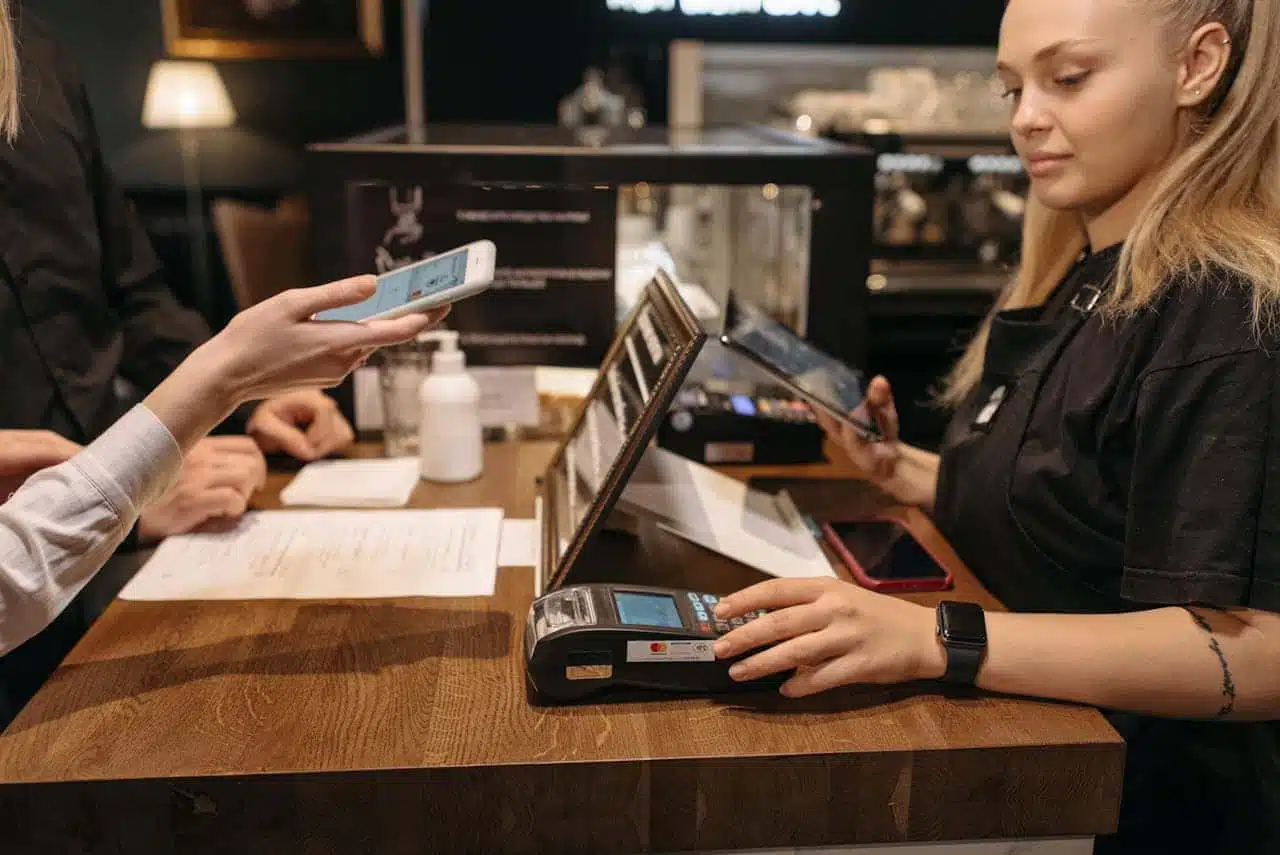Sin Tax Secrets: Surprising Ways It Impacts Your Wallet!
Have you noticed those pesky extra taxes on certain products like a pack of cigarettes or alcohol? They’re called sin taxes, and they drive up costs for consumers of goods deemed unhealthy, risky, or otherwise undesirable. While they aim to curb use, sin taxes stir up surprising debate.
In this post, we’ll uncover the backstory behind sin taxes, detail how they secretly impact your purchases, and explore the controversy around these sneaky surcharges. From early America to present day, views on so-called “sinful” goods have always shaped sin tax policies and heated discourse. What consumes the most wallet share – the revenues from sin tax or public wellbeing? Do the ends justify the means?
We’ll break down need-to-know basics, global perspectives, future outlooks, and yes – effects on your own bottom line. By exposing financial arteries influenced by sin taxes, you can gain consumer powers that authorities prefer kept hush.
What is the main purpose of a sin tax?
Have you ever felt guilty ordering one too many drinks? Or maybe those cigarette cravings snuck up on you when you were already short on cash? Well my friend, you’re not alone. So-called “sinful” indulgences have been around for centuries. But the concept of a special tax on vices emerged surprisingly early in American history.
In the beginning, sin taxes were embraced as an easy way to fund lofty political goals without ruffling too many feathers. Tobacco became one of the first targets in the 1790s, soon followed by alcohol taxes intended to finance the fledgling nation’s Revolutionary War debts. And yes, some moral judgment was baked in from the start. But the main appeal was financial.
Fast forward a few decades and the motivation shifted. Spurred by growing temperance movements, alcohol taxes began aiming to curb overconsumption rather than simply raise funds. And once smoking’s dire health effects came to light in the 1960s, tobacco taxes followed a similar trajectory. Revenue generation remained important, but suddenly these taxes gained a surprising social purpose: saving lives.
Today, though the products may change, that public health goal persists. From cutting smoking-related hospitalizations to decreasing drunk driving deaths, the data shows sin taxes work. Yet their financial impact endures too – still padding government pockets centuries later.

Understand how sin taxes work
So how exactly do sin taxes work their magic? Generally speaking, they’re sneaky little add-ons levied early in the production chain with the goal of discouraging consumption.
Let’s break it down using that daily glass of wine as an example. The tax levied gets applied way back at the winery, increasing the wholesale price of alcohol. The retailer then passes the extra cost to consumers through a higher shelf price. And just like that, your weekend unwind just got more expensive!
The same process applies to numerous so-called “vices” like cigarettes, spirits, sugary drinks, gambling winnings, firearms, and more. Specific state and federal laws determine exactly where in the production cycle the tax is imposed. But the outcome remains consistent – your wallet takes a hit!
Compared to sales tax added at checkout, sin taxes also known as pigovian tax work a little differently. You as the consumer don’t directly hand over extra change to the government. Instead, you pay more upfront because the manufacturer and retailers passed along the cost. Sneaky, right?
Now you might be wondering why make things complicated with this behind-the-scenes taxation scheme? Why not just tax POP (Point of Purchase)? The answer lies in consumer psychology and the concept of negative externalities. By burying the tax in the final price, you’re less likely to notice the extra cost during a guilty-pleasure purchase. And over time, higher prices mean decreased consumption, which means improved public health! Of course, the government bringing in billions in reliable tax revenue is just an added bonus.
Weighing pros and cons
Ah, sin taxes. So full of contradictions! Love them or hate them, these little revenue-generators for state governments, like the tax on alcohol, sure stir up strong opinions.
On the positive side, sin taxes offer some pretty sweet benefits:
Bringing home the bacon: Sin taxes haul in money, and lots of it! We’re talking billions in revenue from sin taxes filing state and federal coffers. That funds everything from healthcare to roads to schools. Can’t argue with cash for a good cause!
Curbing harmful habits: When prices jump due to a tax increase, consumption drops – especially among cash-strapped teens and low-income groups. Studies show a 10% cigarette tax hike decreases overall smoking nearly 4% and adolescent puffing by 12%! Good news for long-term health.
Boosting wellbeing: Speaking of health, lower smoking and drinking rates directly translate to fewer cancer cases, less cirrhosis, and decreased drunk driving accidents. That benefits individuals and eases the burden on healthcare systems. More money to treat other patients!
Yet despite these positives, plenty criticize the concept:
Sticking it to the little guy: Regressivity bites hard here. While rich and poor spend comparable amounts on “sinful” goods themselves, the cost eats up a larger chunk of tight budgets for low-income consumers. Ouch!
Pushing a nanny state: Who deems what’s sinful anyway? Critics argue sin taxes turn governments into overbearing parental figures restricting personal freedoms. And history shows definitions of “vice” evolve drastically over time. Slippery slope, anyone?

Undermining effectiveness: Get taxes too high and black markets emerge! We saw this during prohibition. A massive tax on cigarettes opened the door for bootlegging operations too, mirroring issues seen with alcohol consumption. So much for public health gains!
As you can see, it’s complicated. Sin taxes show promise improving wellbeing, though real concerns persist. Alternative tools like subsidies and regulations may strike a better balance. But for now, break open that contraband craft beer and let’s debate! Just don’t let the taxman see.
Sin tax around the world
Thinking sin taxes are just an American thing? Think again! Usage continues expanding worldwide, with the World Health Organization (WHO) leading the charge.
Formed in 1948 to tackle pressing public health challenges, the WHO wields immense policy influence given its ties to the United Nations. And they enthusiastically endorse taxing tobacco products, alcohol, and sugars – all in the name of boosting wellbeing and saving healthcare spending.
Mexico presents an intriguing test case. Back in 2013 as obesity and diabetes rates skyrocketed, legislators turned to sin taxes for salvation. They targeted sugary drinks, slapping a 10% excise tax on producers. The results after just one year? Consumption down a whopping 12%! WHO officials pointed to Mexico as a model for other nations struggling with overweight populations and soaring medical costs.
Many listened. Similar sugar-sweetened beverage taxes now exist across the Americas and Western Pacific. The UK tackled the issue in 2018. And South Africa jumped on board with their own tax in 2019.
Of course, no two implementations look alike. Tax rates, revenue allocations, public messaging – myriad factors influence impact. And industry fights back hard in many locales. Nevertheless, the global sin tax wave continues swelling as more nations buy into the public health pitch.
Gazing into the future of sin tax
Like it or not, sin taxes don’t seem to be vanishing anytime soon. But the landscape continues shifting rapidly as new products emerge and fresh complexities arise.
Vaping stands out as a prime example. These high-tech cigarettes caught fire in the 2010s, promising a safer alternative for devoted nicotine-fiends. But growing addiction concerns have policymakers scrambling to catch up. Expect aggressive taxes as governments emphasize vaping’s risks over promised benefits. Same goes for trendy cannabis-infused edibles and beverages as legalization marches on.
Effective taxation requires understanding consumer motivations. Here behavioral economics proves invaluable. The concept of price elasticity helps predict if higher costs will actually curb usage or simply rake in more cash. For traditional cigarettes, demand changes little even with soaring prices. But results diverge for products like sugary drinks where consumption drops sharply when prices jump.
And fierce debate continues around using sin tax revenues. Funding general expenditures makes budgeting easier for cash-strapped states. But there’s a strong case that proceeds should mitigate downsides of taxed goods. Expect earmarking dollars for lung cancer screening programs or alcoholism treatment.
Taxes on pleasures deemed unsafe or immoral boast centuries-long staying power. Yet their form and function constantly evolves. Balancing health gains and income redistribution against individual liberties and unintended consequences means we’ll all have plenty to debate for years to come!
The complex conundrum of sin taxes
After reviewing the tangled history, surprising mechanics, fierce debate, global expansion, and shifting future landscape of sin taxes, two things seem clear.
First, sin taxes boast an impeccable ability to simultaneously generate substantial revenue while improving public health metrics. Few policies can claim such a multifaceted impact. And the data shows no signs of slowing, even with legal barriers toppling and products evolving quickly.
Yet significant ethical and economic concerns cloud that optimism. Regressivity threatens. Overreach looms. Black markets undermine. Powerful tensions persist.
Ultimately each jurisdiction must weigh priorities and ethical limits while maximizing positive outcomes. Sin taxes will likely maintain prominence given their unique promise. But knee-jerk approaches without considering holistic societal perspectives risk instigating the very harms policymakers hope to heal.
Treading this fine line proves treacherous but essential work. Because when crafted judiciously, sin taxes just may represent responsible economic policymaking at its best – supporting critical programs that empower communities while saving lives. Now that’s something worth toasting! Just don’t expect the government to pick up the tab.







